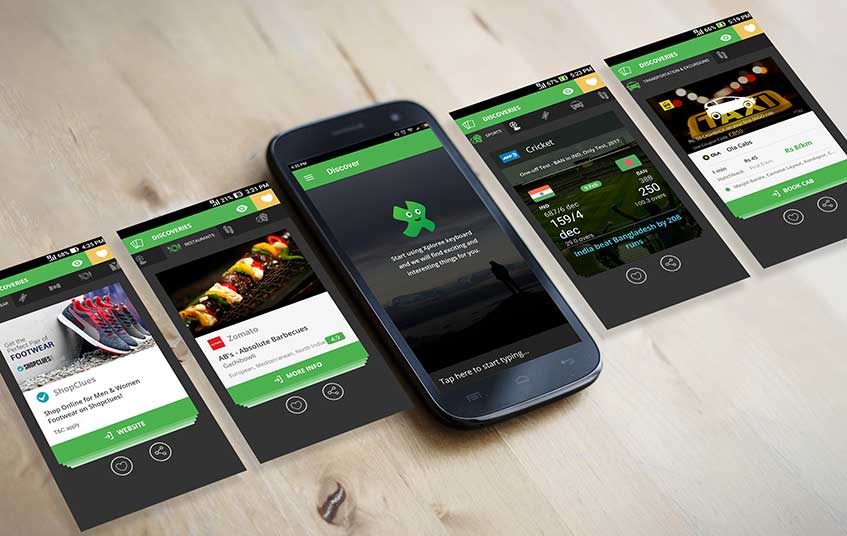Over the years, digital marketing has grown exponentially – Search engines got smarter, social media kept us connected, marketers became more focused. Seth Godin took things a step further by introducing the idea of permission marketing, which attempts to understand the consumer better so as to appeal to their interests and needs with tailor made content and information.
Currently, we blindly follow the idea of permission marketing without thinking about how we can actually implement it. We try to make content that appeals to people’s interests, without thinking about their intents i.e. Giving people what they want, and not what they need. The best way to give people what they need is leveraging contextual intelligence through human text input. The advances in the field of Human Computer Interface (HCI) are making this truly natural and frictionless. Natural Language Processing (NLP) is the new frontier for HCI, promising a new era where computing is pervasive and accessible to all.
Going Cross Channel with Your Brand
We millennials spend an exorbitantly high percentage of time on our phones hopping from app to app, activity to activity, and more often than not, we find ourselves expecting to discover something good while not knowing what that something is/should be. What we do know is that we subconsciously (if not consciously), talk about things that we need. This talking happens mainly in the textual form and can be called an exchange/expression of intent. Being able to understand and differentiate between intent and interests is crucial. For this, NLP is the key. It enables devices to listen, learn and act accordingly to decipher the users’ needs.
NLP layered with Machine Learning (ML), brings iterations of improved responses against user intents. It facilitates interactions between users and systems. Through these efforts, we can achieve Contextual Intelligence.
The end result?
Real-time suggestions/recommendations to things people actually need.
The NLP+ML combo helps the system understand the layered intent, be it implied or explicitly expressed by users.


Discovering and Understanding Intent
There are multiple aspects to human intent and deciphering each one augments our understanding of intent as well as allows for making contextually aware suggestions and recommendations. Given how users use mobile devices and make decisions (which could be a combination of conversations, multiple searches), it is imperative that intents are augmented over time leading to multiple and more specific interactions and recommendations.
Being omnipresent in most interactions with a mobile device, keyboards can decipher intent from multiple interactions across apps. Be it chat-based conversations, email or search across the many apps a user uses, keyboards have access to both expressed and implied intent.
Chat-bots, assistants and IoT (Internet of Things) devices all claim to understand intent. But the user still needs to specifically communicate his/her need or intent to them for an expected follow-up action, with very little to go except for the historical data in that specific app. So, the need of the hour is – to decipher and augment user intent before the user makes an explicit query rather than to force the user to make his/her needs explicit.
Contextual Intelligence is at the core of the Just-in-Time (JIT) mobile lifestyle that is quickly becoming ubiquitous. With a rise in the contextual services, new approaches will be created to tackle the issue of privacy management. In the future, the gigantic and challenging opportunities of the contextual services paradigm will create a large shift in the actual technological panorama.
